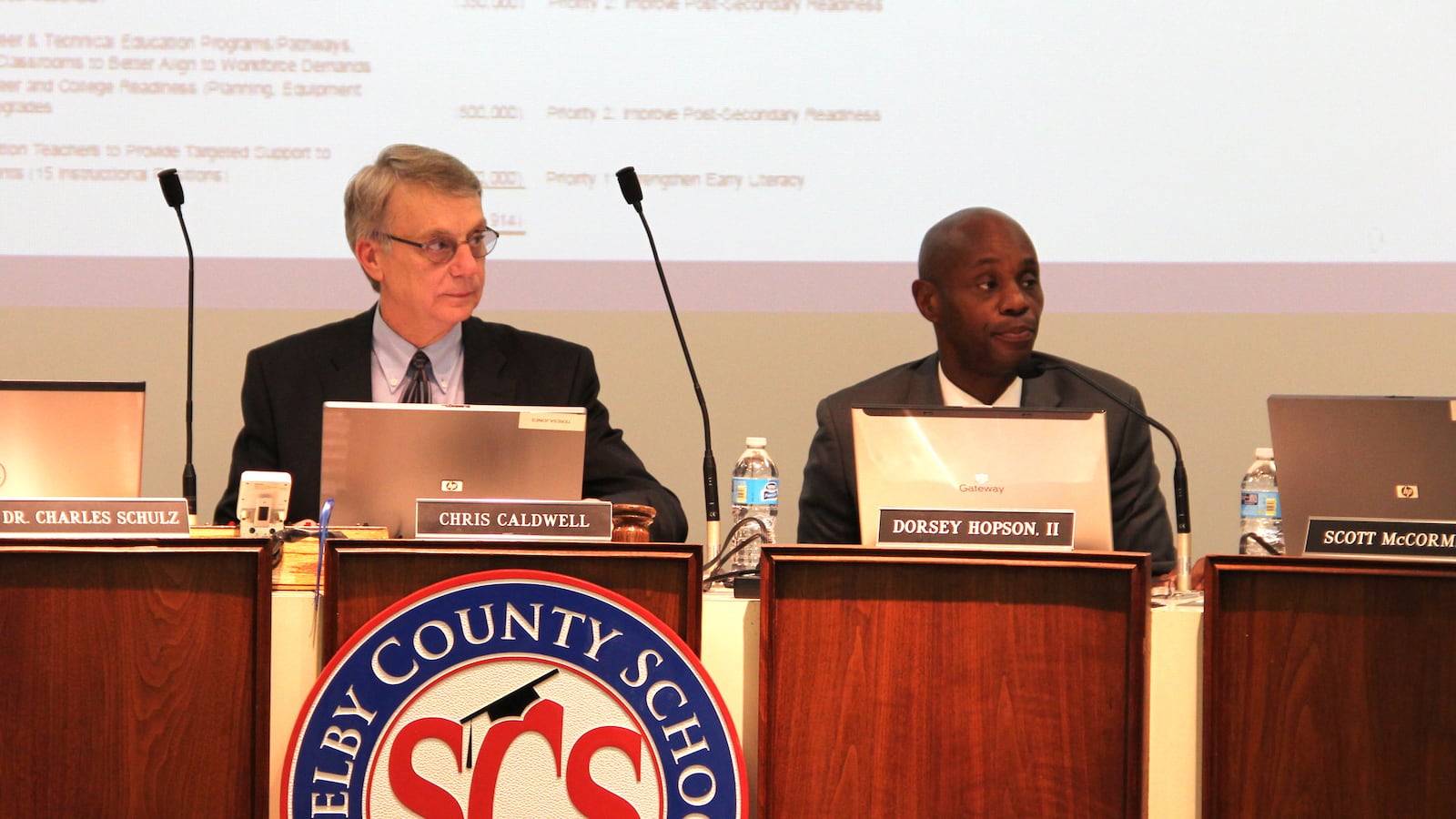Expecting less additional local funding than requested and more state and federal funding than anticipated, leaders of Shelby County Schools reviewed a revised budget Monday that proceeds with the purchase of student computers for online testing next year but adds fewer new reading coaches than outlined on the district’s wish list.
In a presentation before the Shelby County Board of Education, administrators cut eight of 15 items on their wish list, including hiring a marketing director to improve the school system’s image and upgrading its career and technical program equipment.
District leaders had hoped to fund their full wish list with an additional $14 million requested from the Shelby County Commission, but expect to receive only an extra $7.9 million, based on recommendations from the commission’s budget committee.
The district’s revised $986 million budget goes again before the commission’s budget committee Wednesday and is expected to be voted on by the full commission on July 7. Until then, the district, which begins its new fiscal year on Wednesday, will operate on a continuation budget.
While the last-minute changes represent a small percentage of the overall budget, they are necessary in reconciling the latest revenue numbers with the cash-strapped district’s spending plan for the 2015-16 school year — as school leaders wrap up the months-long budget process.
Revised budget revenues include $4 million more in state funds than anticipated and additional federal dollars that the district didn’t receive last year.
Based on conversations with principals across the district, administrators plan to make their largest investments in schools where students regularly miss school days, fail courses and fight in hallways.
“We’re going to use these dollars to spend on high-leverage investments,” Superintendent Dorsey Hopson told the board.
The commission is obligated to distribute more than $300 million to the district through county property and sales tax revenues, but district leaders had sought extra local funding to help with extensive school turnaround efforts. Reluctant to raise taxes and questioning the district’s spending plan, commissioners settled on an extra $7.9 million and suggested that the additional money go toward the school system’s ballooning liability for Other Post Employment Benefits, known as OPEB and estimated at $1.5 billion. However, the commission doesn’t have legal authority over how the school system spends its money.
“Whatever they use it for, as long as they address the long-term issue with OPEB, I’m fine with them using it however way they think is best for education,” County Commissioner David Reaves, a former school board member, said Monday. “I don’t think the commission will hold them hostage in the future. The entire goal was to get them to take it seriously and address it and I think they’re taking those steps.”
The district, formed in the 2013 merger of Memphis City Schools and Legacy Shelby County Schools, has been beset by funding woes since its outset. It has lost thousands of students to school takeovers by the state-run Achievement School District, as well as the creation of six new suburban municipal school systems soon after the merger. For every student the district loses, it loses about $10,000 in state and local funding.
In April, the board voted to cut $125 million from its 2015-16 budget, including the closure of three schools, pulling hundreds of students from three other schools being taken over by the state, and the layoffs of more than 500 teachers. More than half of those teachers have since been hired back by the district.
To stave off further cuts, the board voted to pull $36 million out of its savings, leaving about $107 million in its savings account at the end of this fiscal year. By the end of next fiscal year, the district expects to have about $7 million in savings left, or 7 percent of its total budget.
View Monday’s budget presentation here.
Editor’s note: Clarifies in paragraphs 1-4 that the additional 30 new reading coaches would have been funded with extra funding requested from the county, and is separate from reading coaches already hired under the overall budget.

